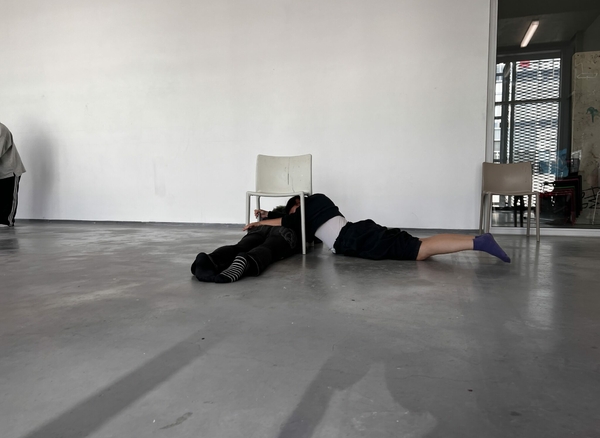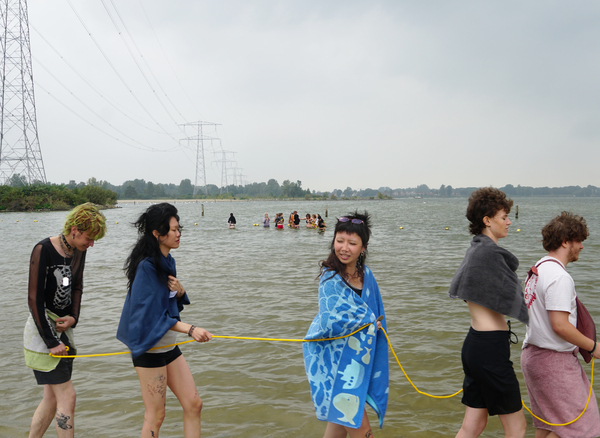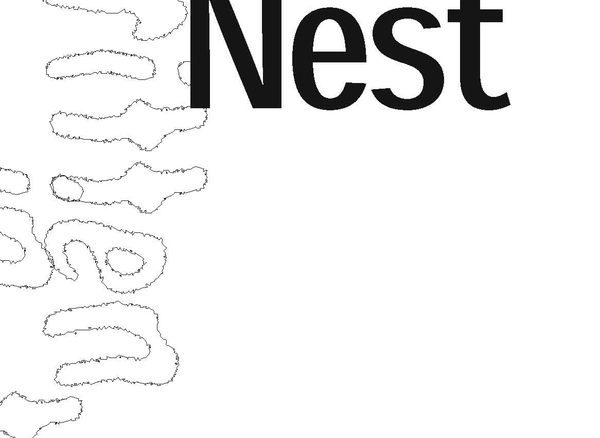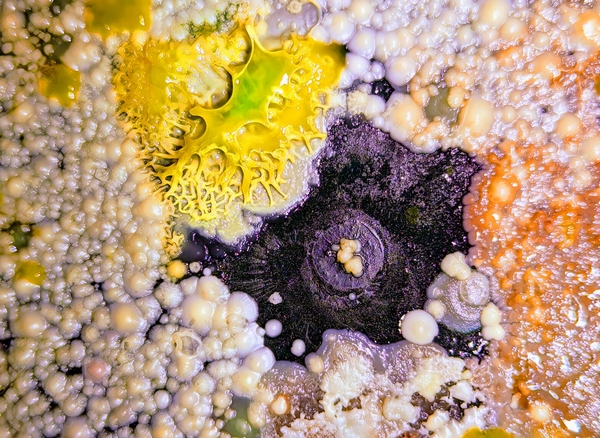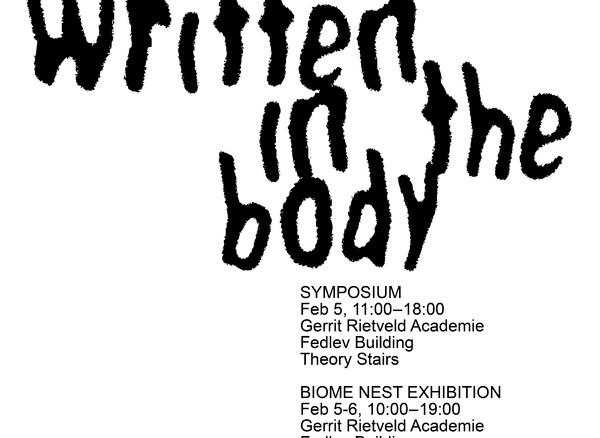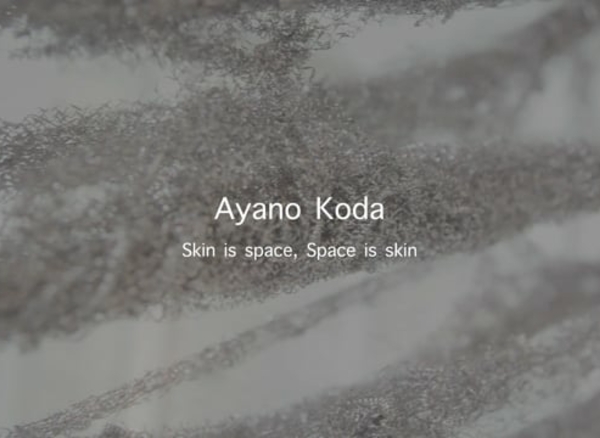The Jewellery - Linking Bodies Department at the Gerrit Rietveld Academie approaches the field of jewellery as an independent art form at the interface between applied arts and fine arts. The foundational character of the department relies on the belief that this interface offers space for students to explore the boundaries of disciplines: jewellery and beyond. The students’ personal artistic development as well as their ability to develop collective practices are crucial in this respect. By examining the significance of jewellery in varying contexts and stressing its role as the significance of bringing bodies into contact with one another and our environment, the department seeks to draw attention to and focus on what is in-between, investigating in detail what puts us into relation.
Jewellery artefacts can be considered the most intimate objects related to the body, encouraging social interactions, and having a specific potential to act as a political platform. Hence, they are also intricately involved in our everyday lives. Jewellery has diverse and immense potential, as it has the unique position of being close to our skin. So, jewellery is capable of moving, or being moved, easily and is not restricted to any specific material. Its small scale propels exploration and experimentation with diverse materials, techniques, skills and answers to question of sustainability in art, in which dimension and ecology matter more than ever. Beyond its aesthetic role, the field plays an important role in posing relevant critical questions regarding material ethics and investigating materials in their historical, political, social, ecological, and economic contexts. Through these lines of inquiry, we can explore the ways in which bodies interact, attract, move and repel. The context of jewellery and body-related objects then offers a useful and practical framework for thinking about both relationality and difference.
During the study several jewellery techniques are taught, students investigate in a wide range of materials guided by tutors who come from different professional and cultural backgrounds. For the curriculum, artistic interdisciplinary projects in specific contexts, within the academy and with external partners such as field academy, (museum) collections, hospitals or universities, are key.
